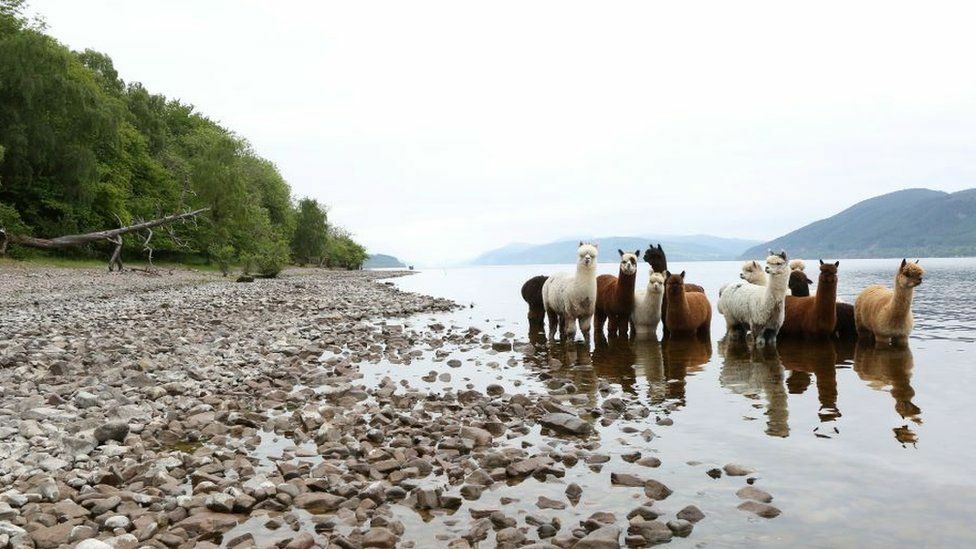Loch Ness water levels hit 32-year low, raising environmental concerns

Water levels in Loch Ness and the River Ness have sparked concerns as they reached their lowest point in 32 years last month, according to data from the Scottish Environment Protection Agency (Sepa). The Ness fishery board has expressed alarm over the persistently low levels, suggesting that water stored for hydro-power could be utilised to alleviate the situation. SSE Renewables, the energy company responsible, claims to be managing water use sensitively during the current challenging weather conditions.
Loch Ness, Scotland’s largest freshwater loch by volume, and the River Ness form part of the Ness system, which includes burns, rivers, and lochs extending south-west of Inverness. On May 24, Sepa recorded a water level of just over 109cm (3.5ft) at Foyers, the site of a pumped storage hydro scheme that utilises water from Loch Ness. This is the lowest level recorded since December 1, 1990. Though the level has risen slightly since then, it is still classified as “low.”
Sepa has attributed the low water levels to below-average rainfall in the area. In May, the Loch Ness area was one of the driest in the UK, with Inverness receiving only a third of its usual long-term average rainfall. Below-average rainfall has also been recorded in the Ness region during winter and spring. On Friday, Sepa increased its water scarcity warning for the area to “moderate” and upgraded the risk in the Loch Maree area in the Highlands to “significant.” Additionally, 37 areas across the Firth of Clyde were placed on “alert.”
The Ness District Salmon Fishery Board, responsible for the protection and enhancement of salmon and sea trout fisheries in the Ness area, has raised serious concerns regarding the health of the River Ness. The river is currently at levels typically seen at the end of July and August, with large areas drying out. Director Brian Shaw highlighted the consequences for wild salmon populations, the river’s conservation status, and its angling categorisation. Issues include salmon being unable to easily travel upriver from the sea and increased water temperature.
Shaw acknowledged climate change as a factor, noting a trend for drier winters and springs. However, he also emphasised the significant impact of hydro-electric generation when levels are low. He pointed out that water is drawn at Dochfour for the Caledonian Canal, which would otherwise flow into the River Ness. Shaw suggested that releasing water stored further up the system at SSE’s Loch Garry and Loch Loyne reservoirs could help alleviate the situation.
Adrian Shine, a naturalist who has studied Loch Ness for many years, said the loch was at its lowest level since 1989. Fiona Cairns, a local resident who runs Loch Ness Alpacas, also stated that the loch was at its lowest level in her memory.
SSE Renewables said the dry weather had affected rivers across the Highlands. A spokesperson stated that the company’s sensitive management of water had helped maintain higher flows in the River Ness than would have been present without hydro-power, while also maintaining levels at lochs Loyne and Garry to protect designated nesting sites of protected birds.
Scottish Canals noted that water levels were at an unprecedented low due to the weather. Environment manager Olivia Lassiere said, “We anticipate more instances like this occurring going forward, due to the likely impacts of climate change.” She added that the water usage and operation of the Caledonian Canal are authorised and regulated by Sepa, with plans in place to manage extreme situations, including seeking Sepa’s latest advice.
Latest Thailand News
Follow The Thaiger on Google News:


























